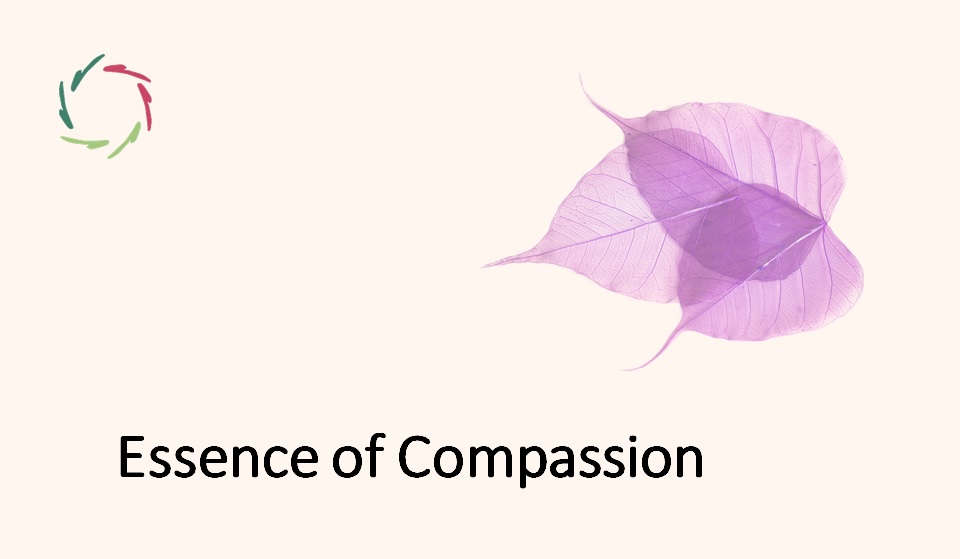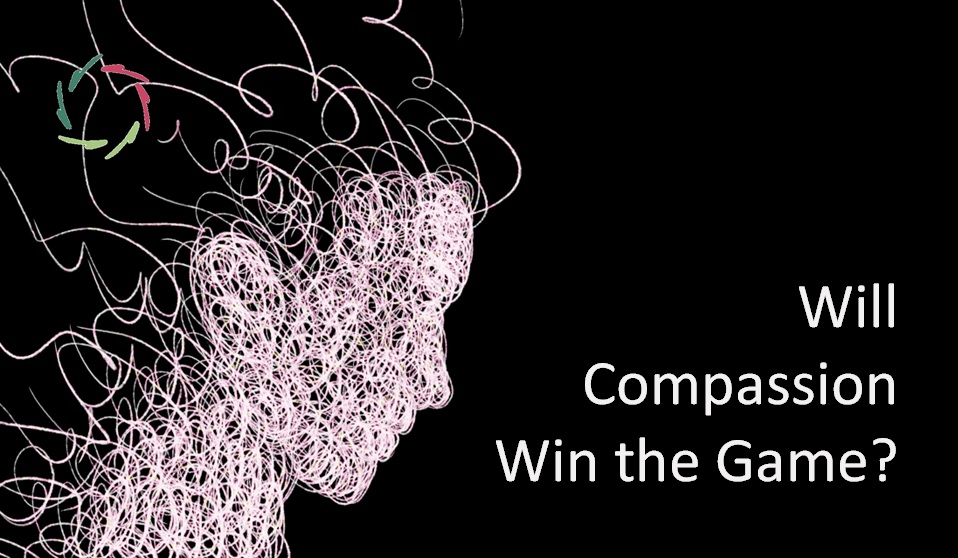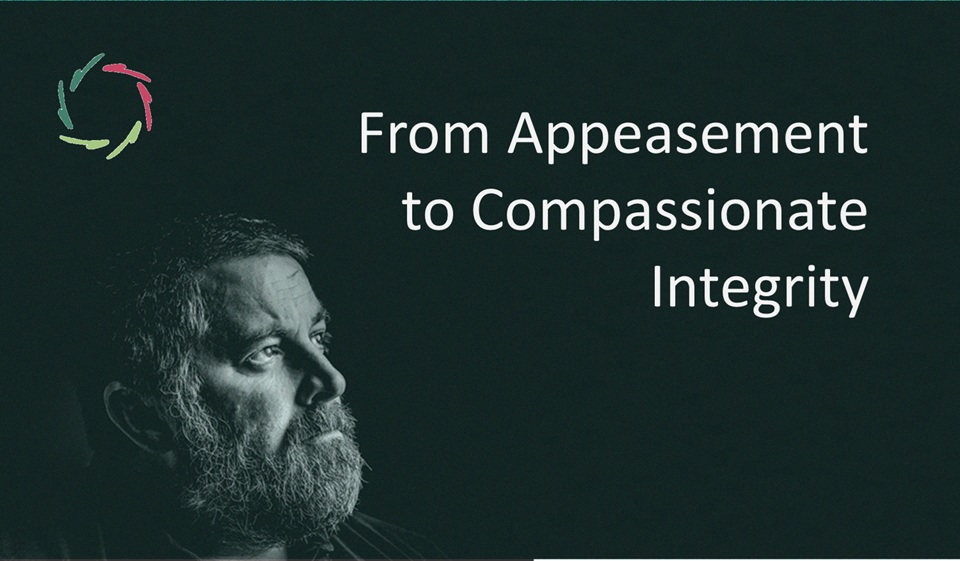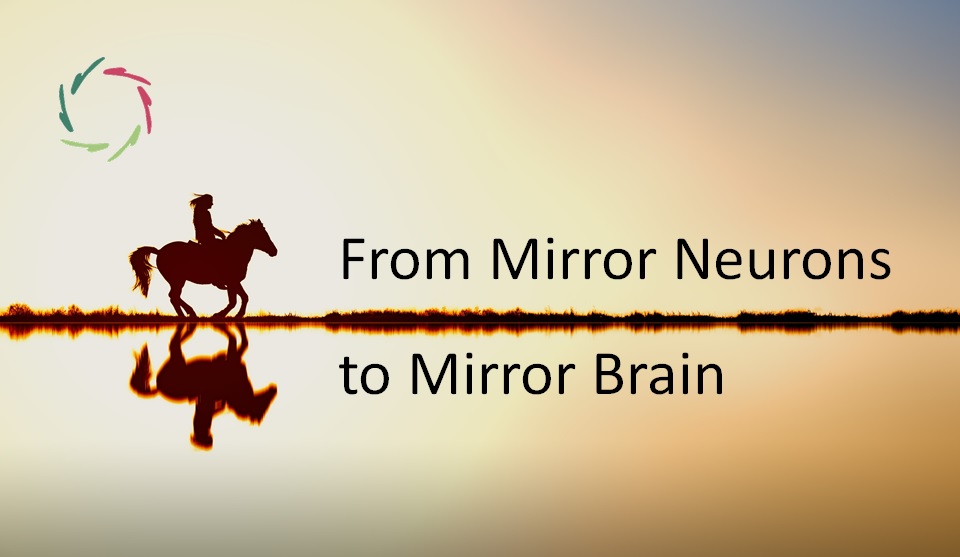Essence of Compassion

Effortless and challenging.
Compassion is the most natural thing.
Thus, there is no effort needed to get into the Compassionate journey. Rather, it needs a letting-go.
The direction is towards harmony in the huge set of mental/neuronal patterns of the mind/brain. [see: “Human Brain: Giant Pattern Recognizer”] The more harmony, the less ‘stress.’
Of course, this letting-go is not straightforward.
Indeed, to most people, it is very difficult. This is because many people live in a conscious world as if no relevant non-conscious processing exists.
To attain Compassion, consciousness is needed as well as non-conscious processing within the same entity (such as a human being). Their being present together within the same being creates a more or less subtle tension from which Compassion may emerge. However, if the tension is too big, one gets in a state of inner dissociation. [see: “Inner Dissociation is NEVER OK!”]
This is a crucial and challenging balance.
Compassion = seeing – growing – flowing
One grows ― one flows. Within the flowing lies a spontaneous happening, a ‘flowing over,’ and finally a focus on doing.
What is needed should be done.
However, doing more than what is needed is no Compassionate attitude. One should respect the inner Strength of the other person(s). Such an attitude may be less visible, less sellable, less remunerable in status and money. In-depth, it leads to a better outcome for the seer and the seen.
An example. Where’s the math in this?
You don’t need to motivate a child if you look at it Compassionately. Is the child not good at math? Don’t think the kid is naturally non-motivated or non-able to do math.
Instead, give the child your deepest attention. [see: “Deep Listening”] You’ll see it’s like giving water to a semi-dehydrated plant. You can try it if you have a child that needs help in math (or something else). Do not help in the math. Give only your deep attention. After a while, you will notice where the math problem really lies. Probably not where you first thought. You see it now. You don’t say it.
Note how different this is. Usually, you get into the problem, solving it instead of letting the child solve it, or you get out, “not having much time for this.” Neither option is about giving deep attention to the child.
Once you see the issue, you can guide the child with minimal effort towards the solution.
Child solves problem.
All you have to do is smile. You happy. Child happy ― and motivated! Before you know, the child sees it as a game it’s doesn’t grow tired of.
Please do this several times. The difficulty and effectiveness lie in deep attention and Compassion. It may be counter-intuitive at first.
What you may find in the exercise is the essence of Compassion.
Compassion is most sustainable
More Inner Strength leads to more influence in doing good and well, with less fuel needed from outside, thus, less coercion and less manipulation.
Inner Strength is the motivation that eventually needs nothing added to its already being there. [see: “There are no extrinsic or intrinsic motivations.“]
Compassion is between people, in-depth
It starts from an individual.
It can go towards another individual, one on one, to a small circle, to an ever bigger circle ― without end. Meanwhile, friction can arise between smaller and bigger circles.
Small-circle Compassion leads to individual-oriented growth. Take as an example any simple, naturally growing organism: It is concerned with the growth of itself and, at most, its offspring and most immediate circle. It is primarily oriented on status-quo with little change.
Big-circle Compassion is more oriented on a broad change that in small-circle may be interpreted as non-organic. This can be seen in sociopolitical progressivism. A conservative may interpret this as non-natural, non-organic, elitist, non-empathic even to one’s immediate circle. Both conservative and progressive may show Compassion, only differently.
Understanding each other, they can very well live together, even live better together. But in many cases, they don’t.
This is a problem to be solved. It will not go away by itself.
Much more than friendliness
Compassion is an exercise, an endeavor, each time again. If this seems straightforward, then it’s not understood.
Broadly, there are two ways to cultivate it. The first way consists of years of meditation ― leading to a state of huge harmony in the mental patterns (see above). Then there’s the difficult way: real-life. Indeed, people can and do become ‘spontaneously’ Compassionate. In most cases, there is a life teacher involved, or, more frequently, life as a teacher. Overcoming existential problems – the death of one’s child, for instance – can make a person more Compassionate.
There are many opportunities ― seldom taken. Any mental or psycho-somatic issue can, in principle, be such an opportunity. However, killing the symptoms is not conducive to this good cause. Unfortunately, that is mostly the goal of post-diagnostic therapy, called ‘treating the disease.’
In mental issues, there is not even really a disease.
But there are symptoms. And they can and do get killed. What is Compassionate in this?
I hope you see the challenge.


